The most beautiful street in Barcelona -- and perhaps the world -- is La Rambla. This year, on a sunny August day, I strolled along the tree-lined boulevard and witnessed a remarkable kind of synergy, which occurs when a city's architecture, people, and history converge in a harmonious bustle. Tourists marveled at the famed landmarks: a mosaic by artist Joan Miro, the Gran Teatre del Liceu, the Palau de la Vierreina. Locals lounged at the cafes, restaurants, and bars, or browsed the wares of the florists, kiosks, and the bustling market, La Boqueria. Kids clapped and cheered at the many street performers. One, a puppeteer, brought a wooden dachshund to life with his strings, making the doll lip-synch for its supper -- and sometimes make water on the shoes of stingy onlookers.
Such scenes of joy were absent in La Rambla later that week. The main artery of Barcelona became awash in blood, as a 22-year-old terrorist drove a van into the crowd of shoppers, tourists, and children. With more than a dozen dead and over 100 injured, a destination for lovers of beauty morphed into a nightmare of horror.
This shift was nothing less than surreal. That morning, I had left my hotel, the Melia Barcelona Sarria, to go on a day trip to Sitges, a small beach town just south of the city. At the time, I was floating on air. My entire week had felt like a succession of heavenly experiences. I had stood inside the Sagrada Familia, the soaring cathedral designed by famed architect Antoni Gaudi, whose columns and stained glass transformed a church into an enchanted forest. I watched the sunset from the rooftop of Casa Battlo -- another magical Gaudi structure -- sipping champagne while the band played and the stars came out. And I had paddle-boarded for the first time -- in the Mediterranean Sea -- before feasting on paella with the views of endless ocean and sky before me.
And more than all of these wondrous sights, which all travelers can enjoy, I had been a part of that tribe of gay travelers who journey each summer to Barcelona from all over the world. It's no wonder why the city has become such a queer mecca. In addition to its beautiful sights and weather, Spain has established itself one of the most progressive places in the world for LGBT people. The death of dictator and LGBT-oppressor Francisco Franco in 1975 sparked a rapid movement toward equality known as La Movida. In 1979, same-sex relations were legalized. Soon after came the ban of hate crimes in 1995, and the legalization of same-sex marriage in 2005, which made Spain the fourth country in the world to boast this right.
This freedom felt palpable. The awareness of my queer otherness, which had become heightened in a post-Trump America, shed away after I landed in Barcelona. Interactions with other queer people also felt more liberated there. My first night, I chatted with an older gay American, an expatriate who left Florida for what he called "paradise." I soon saw what he meant. At Circuit Week's Water Park Day, Europe's largest gay pool party, I witnessed thousands of some of the most beautiful people I've ever seen -- mostly men, but also a surprising number of trans and queer women -- splash to house music in the Illa Fantasia Waterpark. Seeing all of those wet, gorgeous people dancing, holding hands, and kissing in broad daylight, without stigma or shame, truly looked like a paradise regained.
All in all, for most of my trip, I had experienced what travel is all about: freedom and discovery as well as a chance to meet new people, gain new perspective, and make memories. But terror shifted this lens in ways I hadn't imagined.
One moment, I was sitting in a courtyard in Sitges and sipping a beer. The next, I watched as a muscled, middle-aged man answered his phone and said, "Yes, mom, I'm all right, what's the matter?" Other phones began to ring. A shudder moved across the square. A man screamed in Catalan, and everyone became silent, watching. I paid my bill and nearly ran back to the apartment I was staying in. For the totality of the trip, I had relied on Wi-Fi to save money. Now my phone's silence felt suffocating. I turned on my cellular service, and it too exploded with messages and voice mails. I'm OK, I told my friends, Facebook, my family. I'm safe.
But that fear continued. Reports trickled in of the van, the injured, the dead. Hours later, another coastal town, Cambrils, was the target of attack. Were my other travel mates, who had branched out in various directions the night before, safe? I wondered. What if it had been me? Would if it will be me?
I worried about my friend Ravi, who had come to Sitges with me and hadn't returned my texts. He wasn't at the apartment. Thankfully, he came back safely -- from a nude beach, of all places. Wide-eyed, we reevaluated everything we had experienced together with new fears: the basement gay bar we had visited, with only one thin staircase leading to the sole entrance and exit; the beautiful dancing bodies, with no protection between them and all manner of tragedy. How vulnerable we had been. How trusting.
We sat there on the patio, listening to the news, drinking beer from the fridge, and chain-smoking cigarettes. I had quit nicotine years ago, but that day became a needed exception. The owner of the apartment, with whom we had connected through the gay vacation rental Mr. B and B, sat down next to us. Talk drifted from the terror attacks to his own life. A gay Englishman, he had recently moved to Sitges. He did so because he was told he had a terminal illness, and he wanted to spend his remaining days in a place that was beautiful and where he had always felt embraced for who he was.
His story shifted something within me, because it summed up so beautifully the reasons queer people travel. Throughout history, we have gone to places where we can find opportunity, love, beauty, safety, and acceptance, often from places that don't accept us. We move to places like New York, San Francisco, Toronto, Berlin, and Barcelona, because there is a community for us there. We travel to bars and apartments, basements and meeting houses, knowing they might be raided, knowing we might be arrested or attacked, because the opportunity be with each other and ourselves outweighed these risks. And throughout time and across the world, we have marched and protested to protect those places.
Once upon a time, Spain was a place where a man could be castrated for lying with another man. And there we were, in Sitges, three out gay men watching the sun touch the sea. Terror, I realized, is something queer people have always lived with. We know, better than most, how vital it is not to hide.
I thought of Parc de la Ciutadella, not far from La Rambla, where a transgender woman was murdered by neo-Nazis in 1991. In response to her death, Barcelona named the bandstand where she died after her, as a lasting reminder to the public of the violence that trans women face for being who they are. I had visited the bandstand and watched in awe as couples twirled to Frank Sinatra and Edith Piaf -- a joyous movement against hatred if I ever saw one. The bandstand brought tears to my eyes, because it showed how a city and its people can respond to hatred with an act of love.
This love was also on display after the attacks on La Rambla. That weekend, half a million people marched for peace through the streets with signs reading, "I am not afraid." Although I had to depart back to the United States, which was grappling with its own neo-Nazi attack in Charlottesville, Ravi returned to the site of the attack. On social media, I watched as he embraced a line of people who had formed to give free hugs to those who needed them. I saw the love that endured even in the face of terror, and I knew I would soon return.
Daniel Reynolds is an editor at The Advocate. Follow him on Twitter @dnlreynolds.








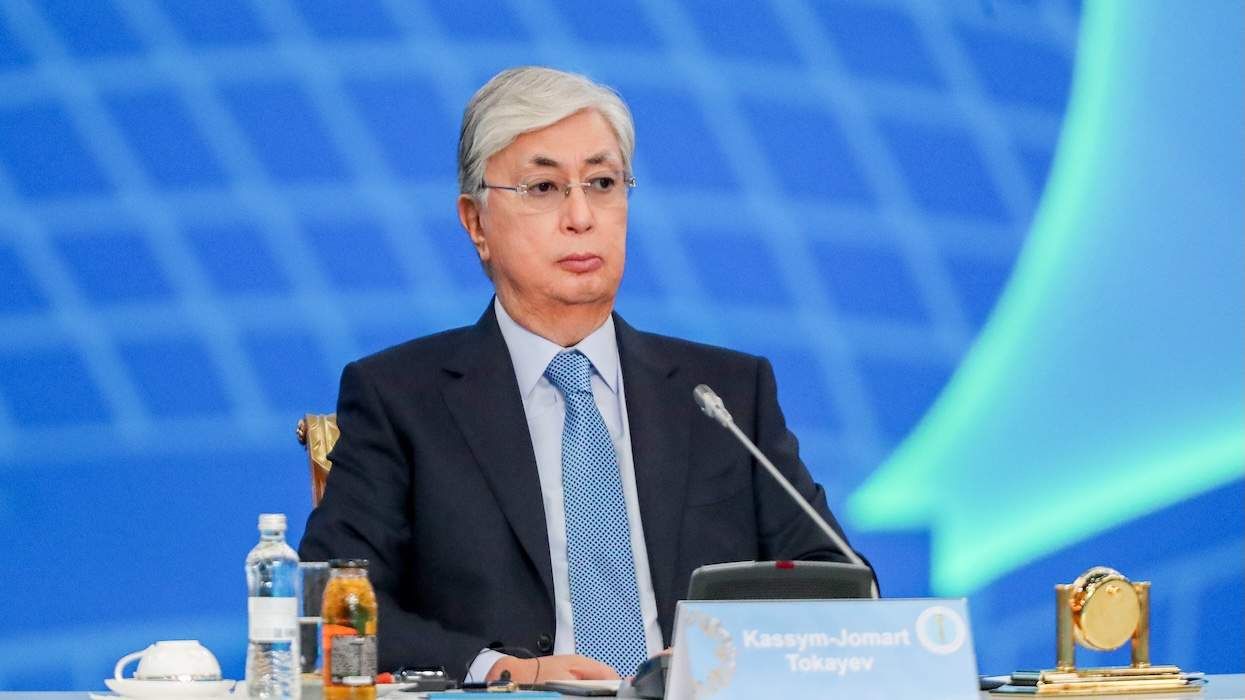

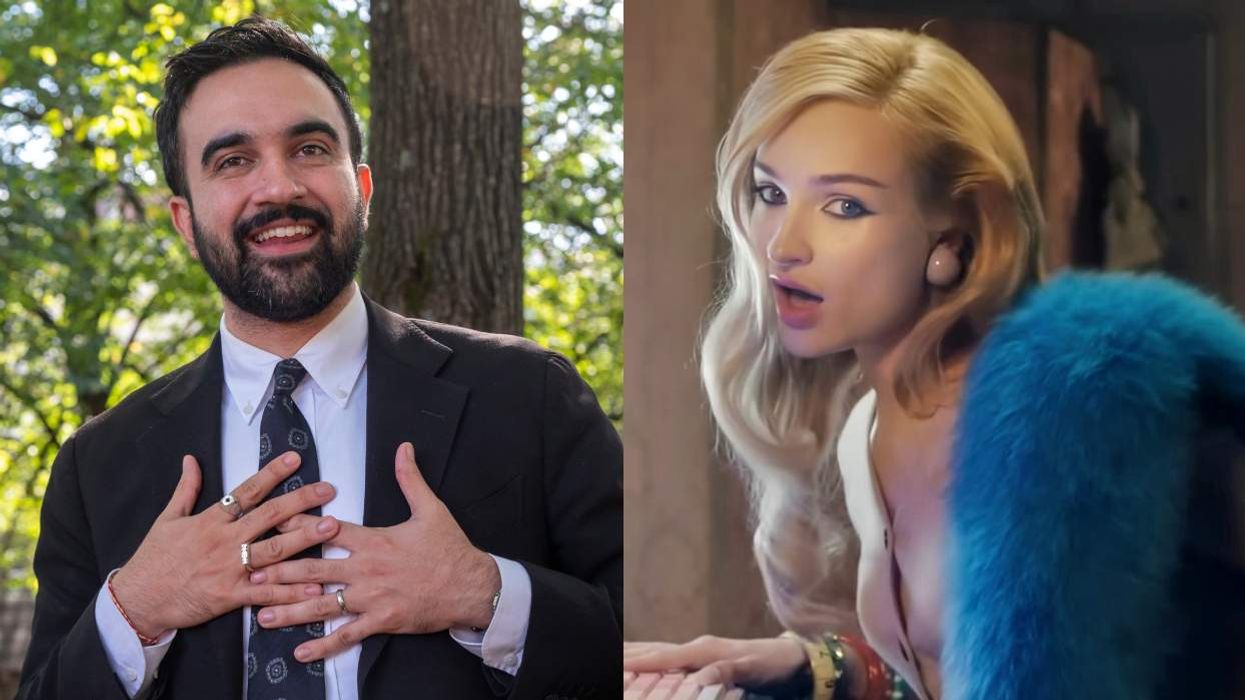
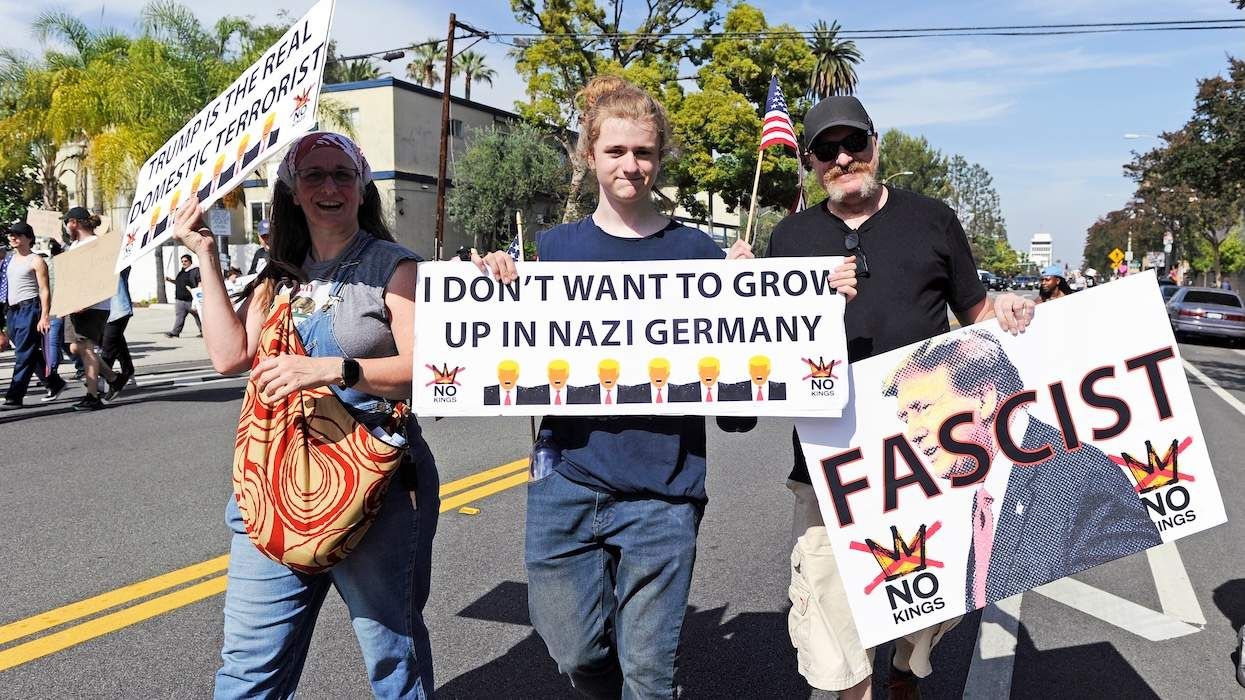
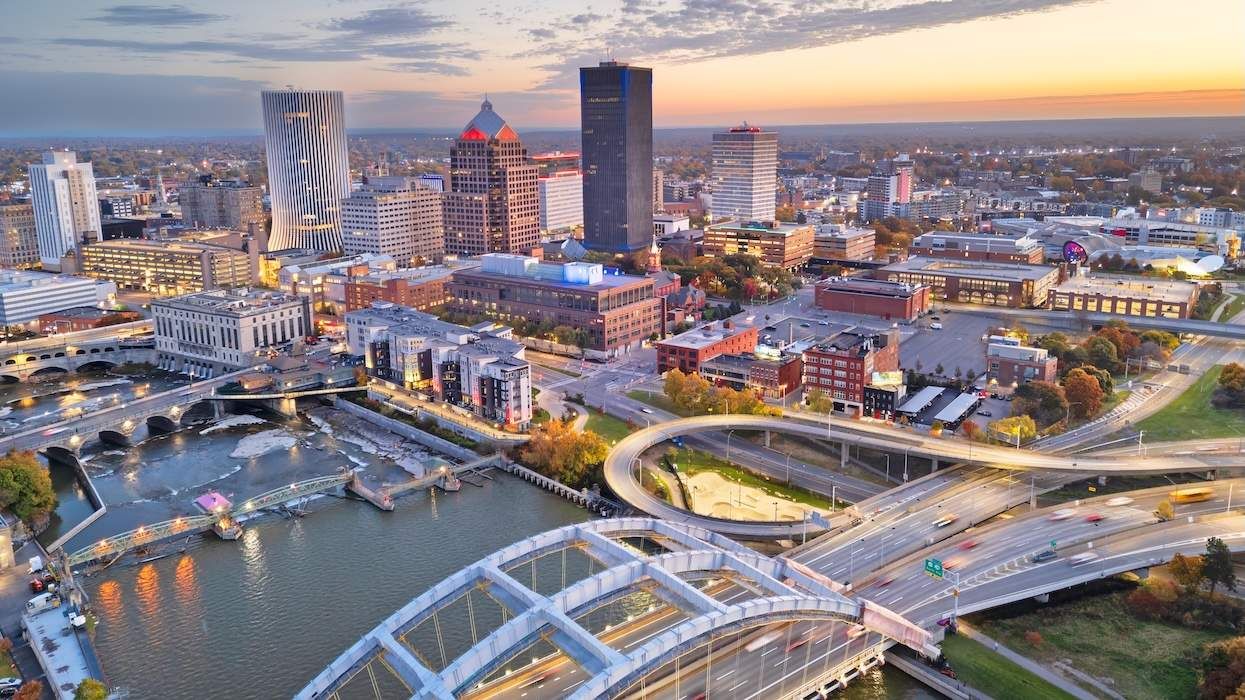

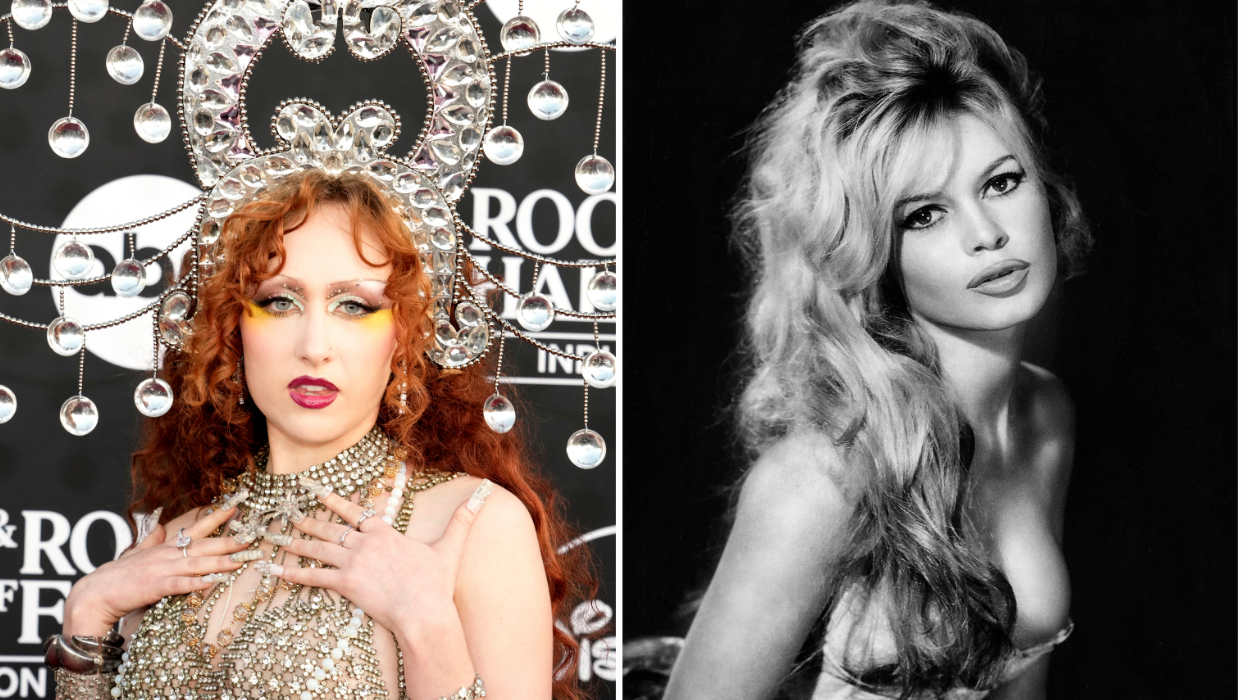
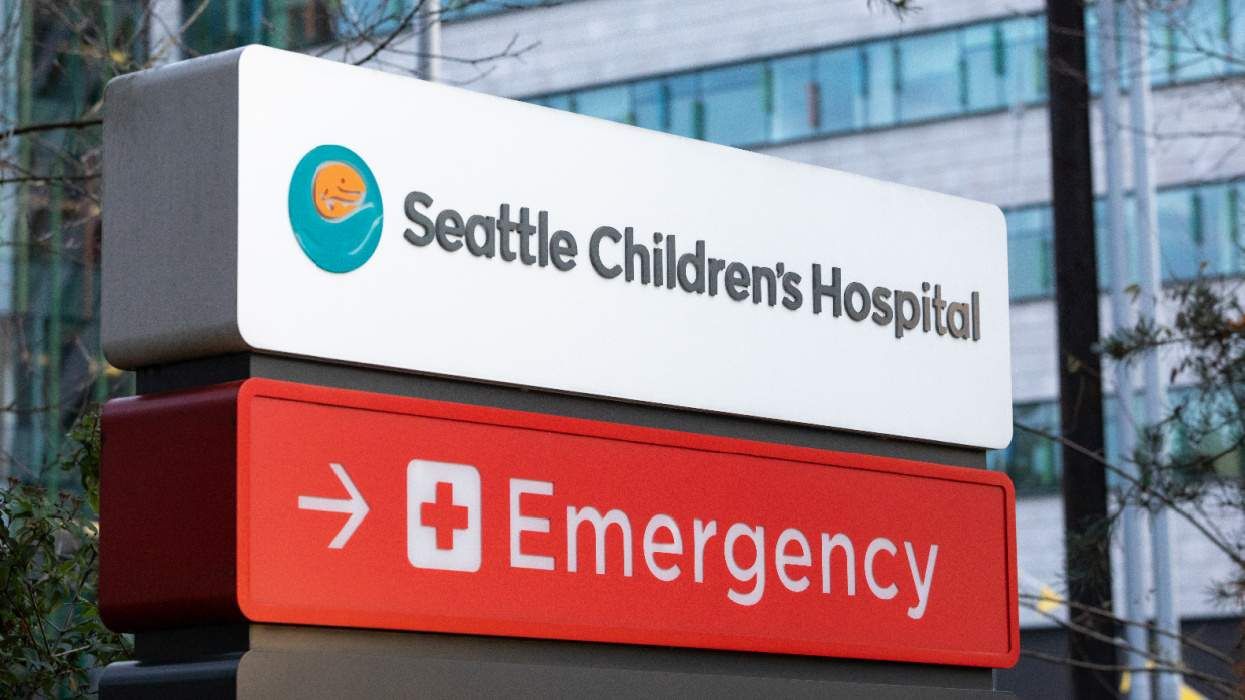
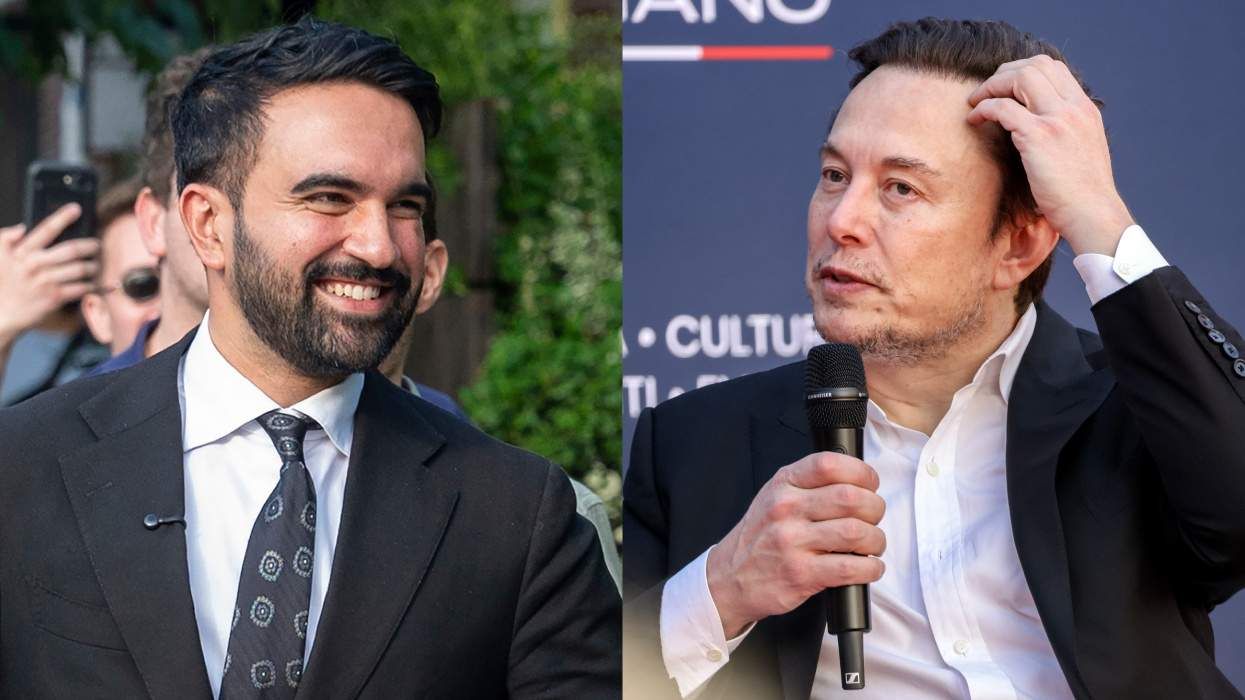
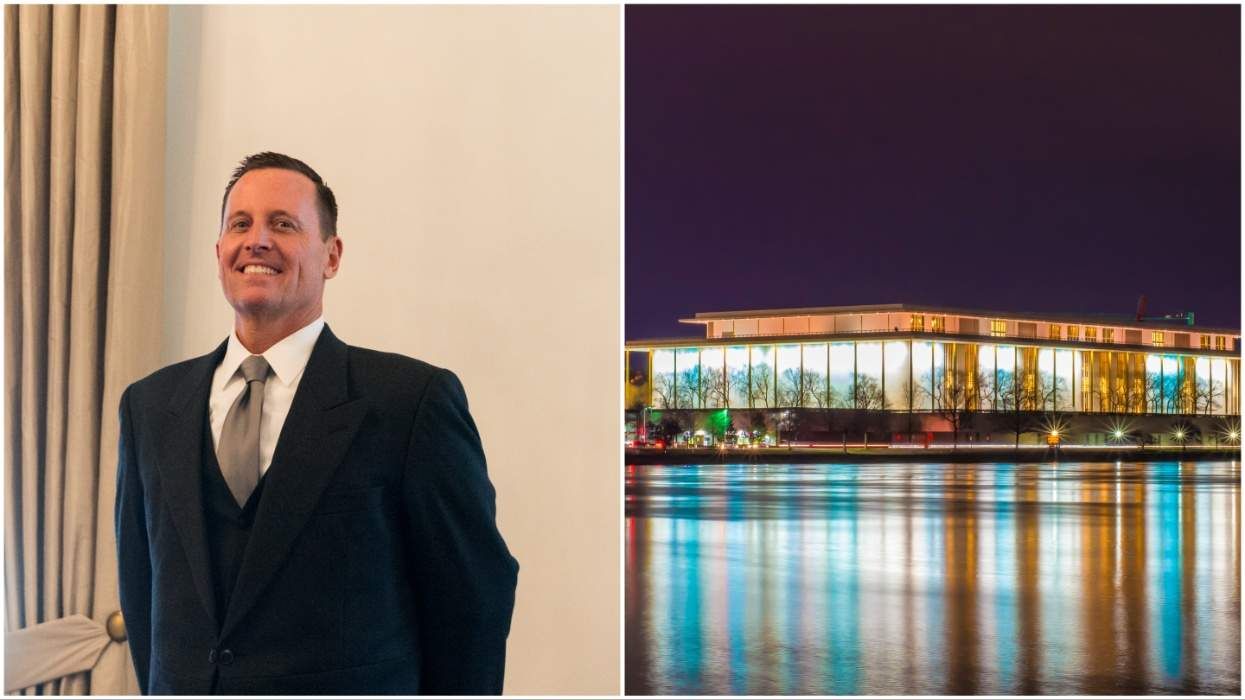

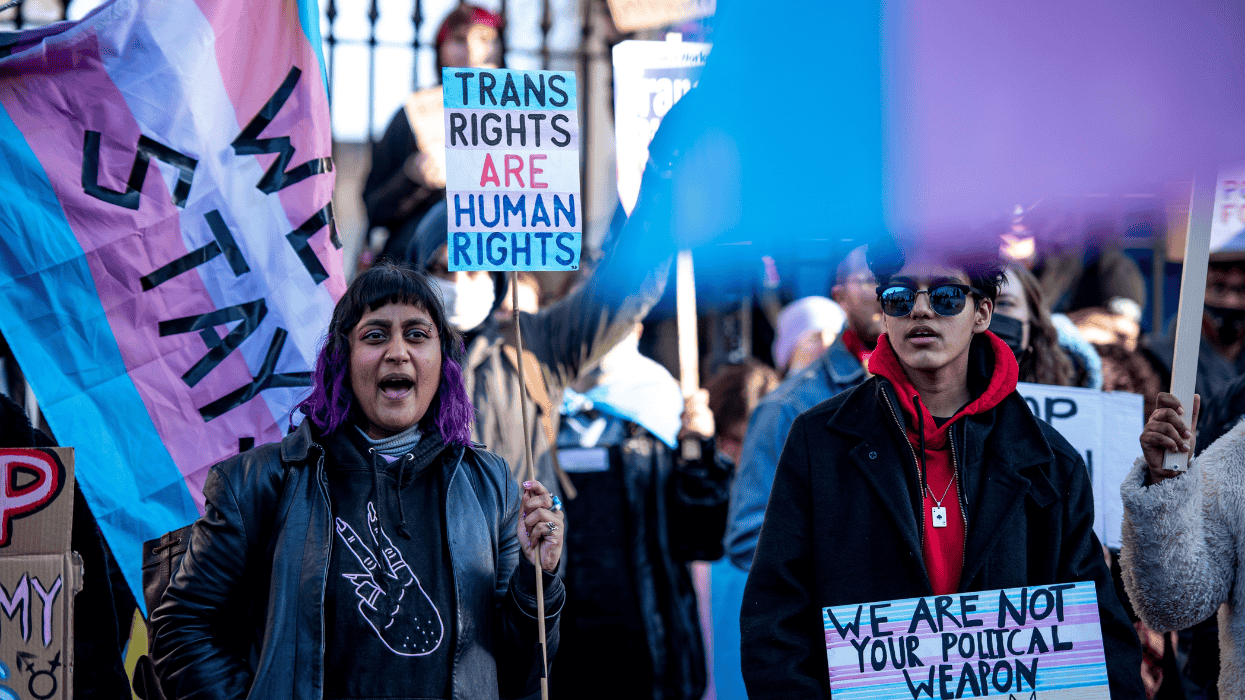
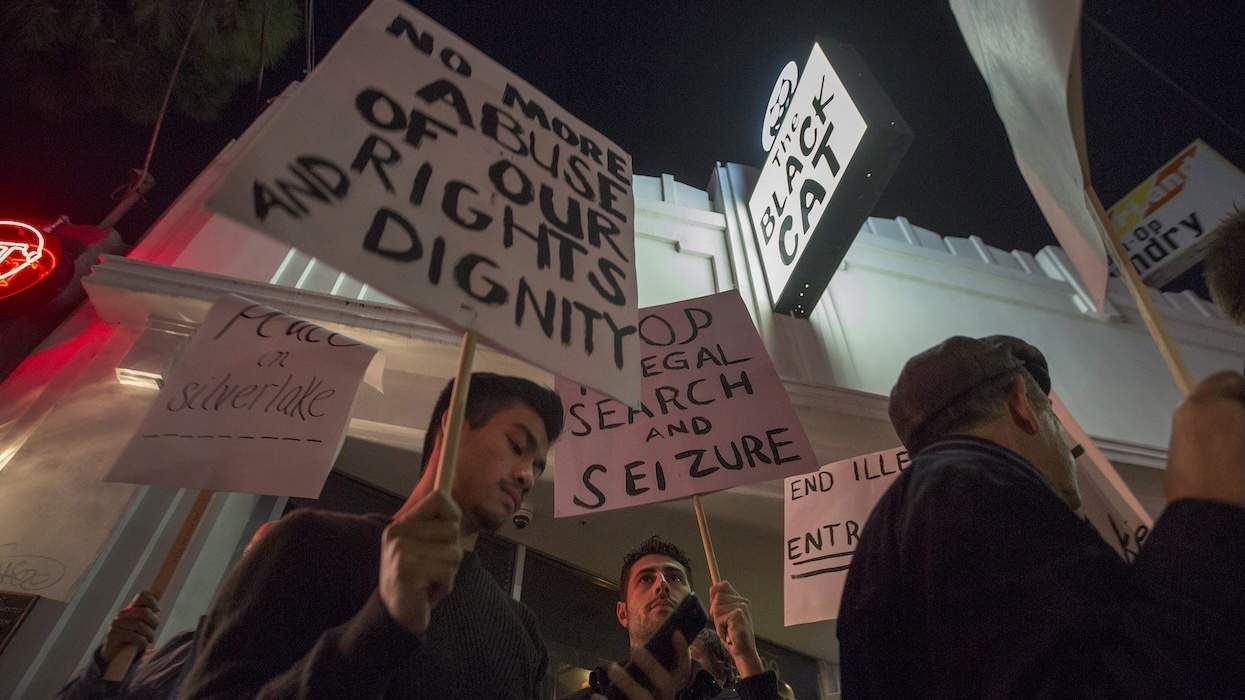
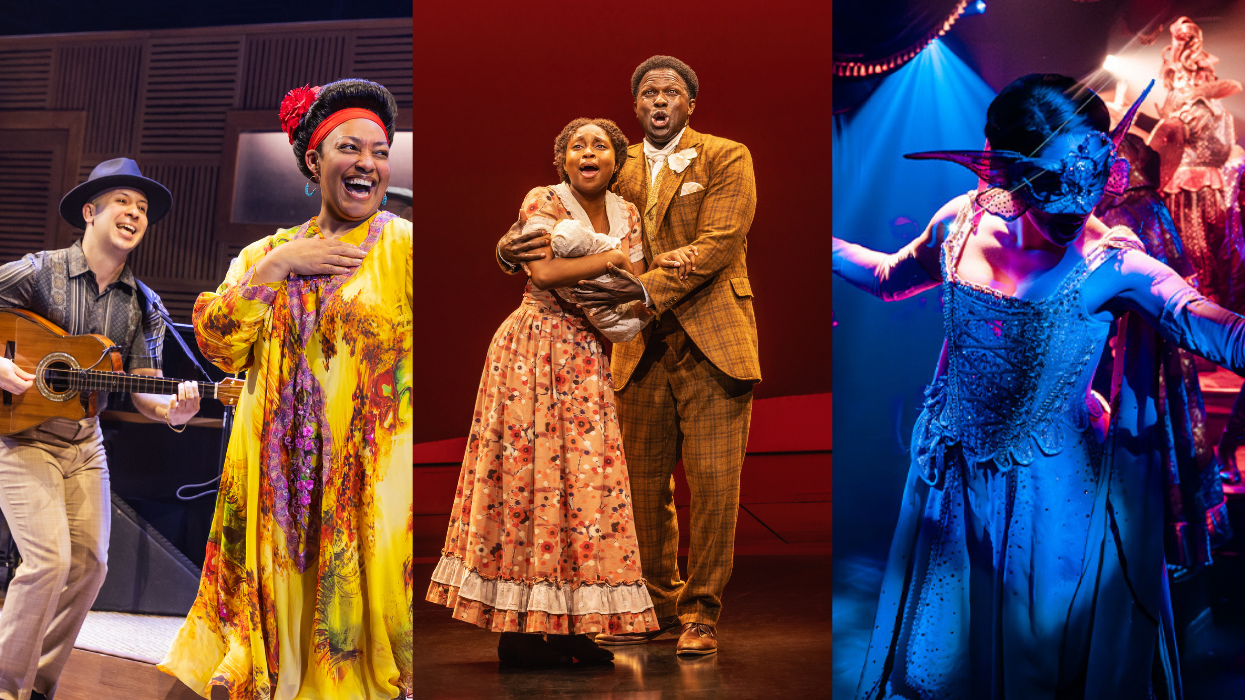
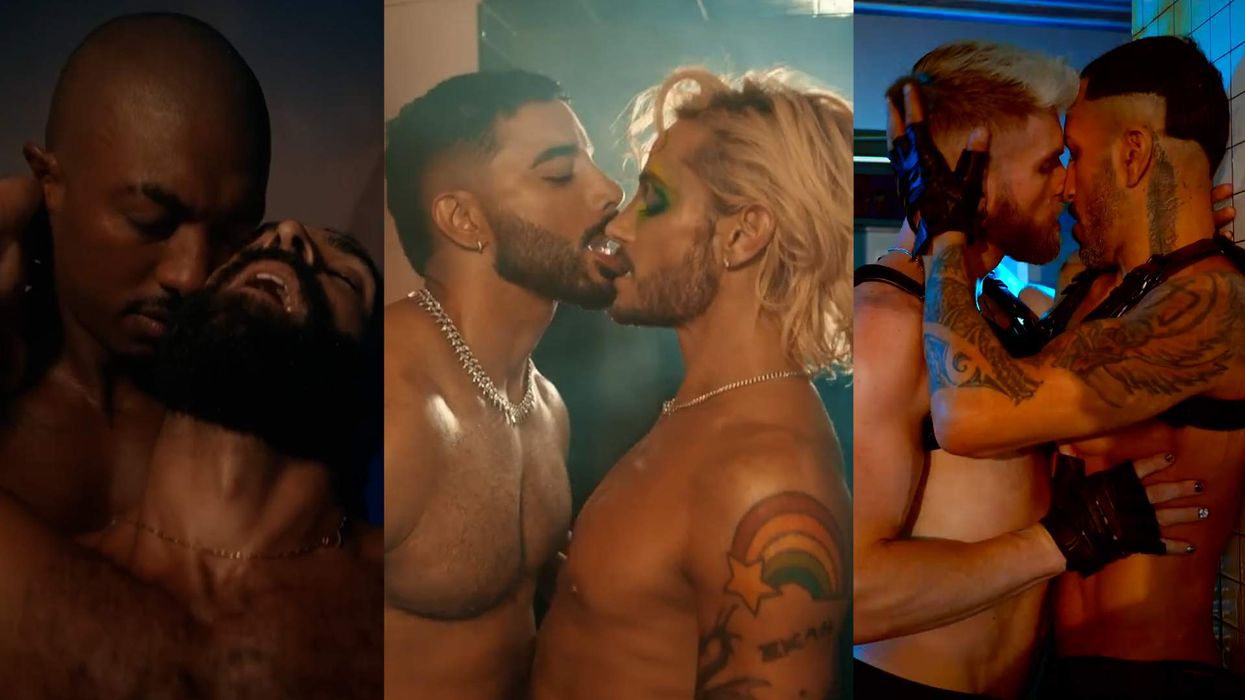
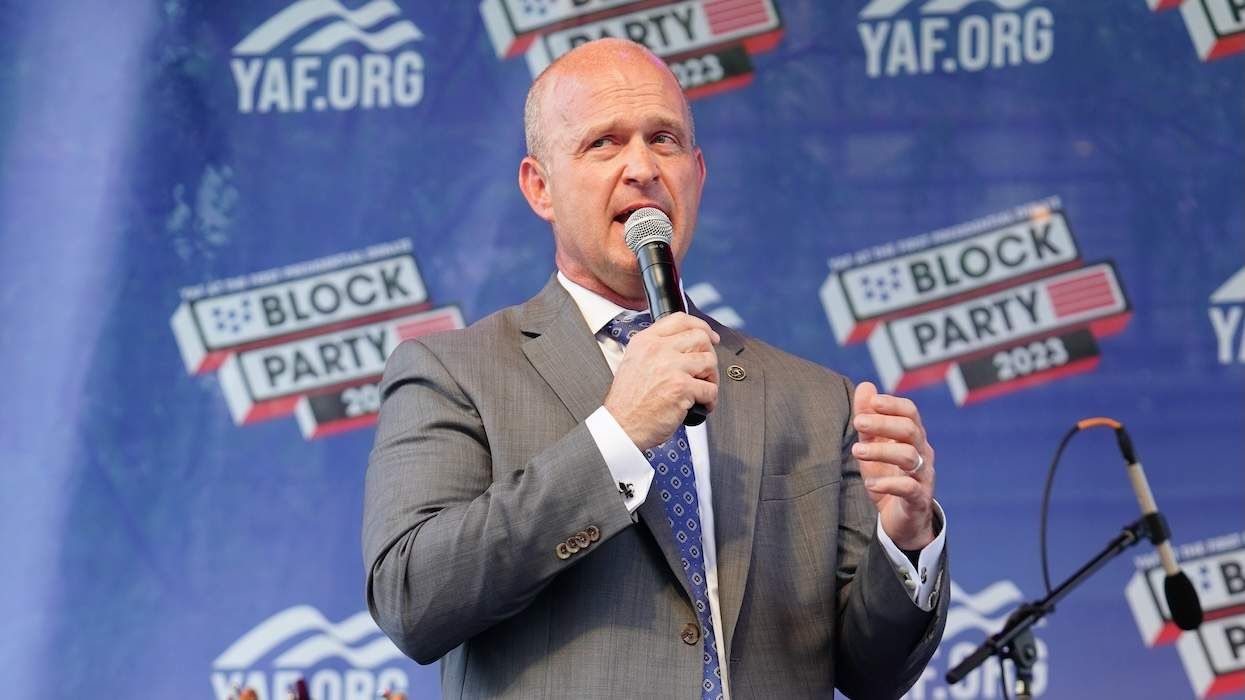

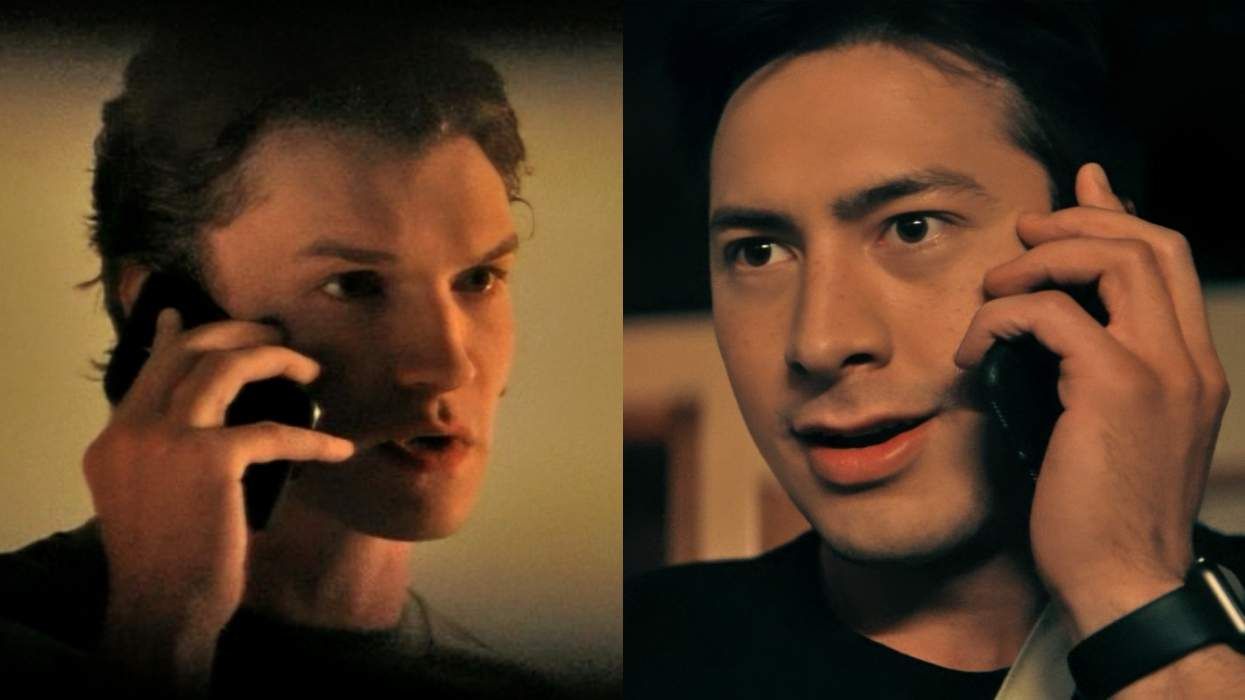

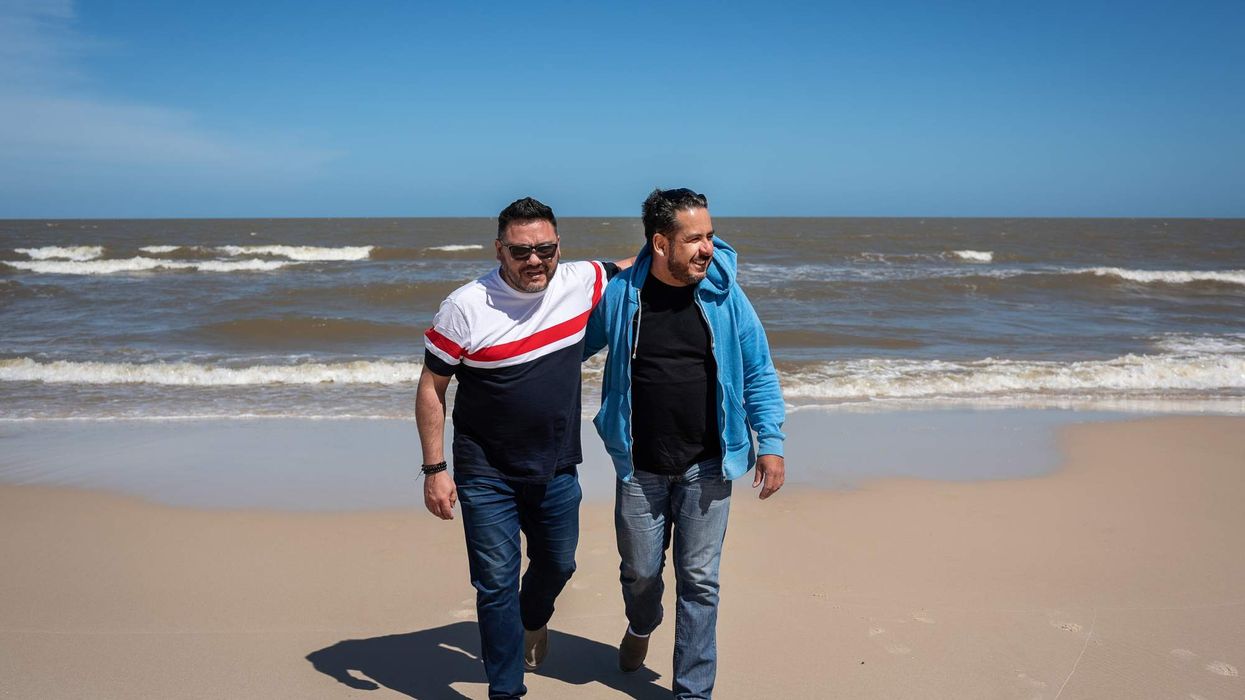








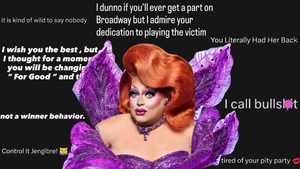



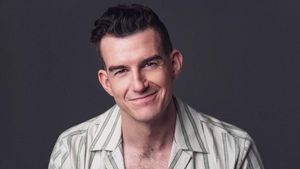




















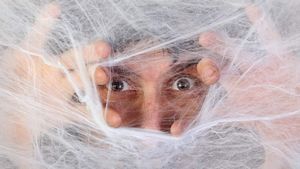






Charlie Kirk DID say stoning gay people was the 'perfect law' — and these other heinous quotes